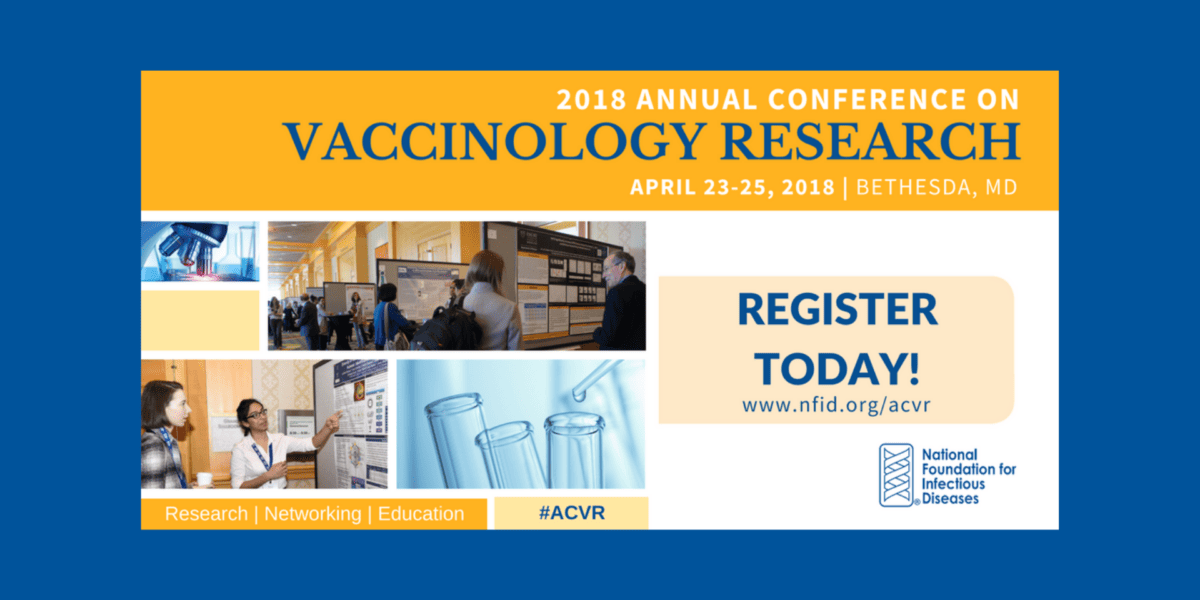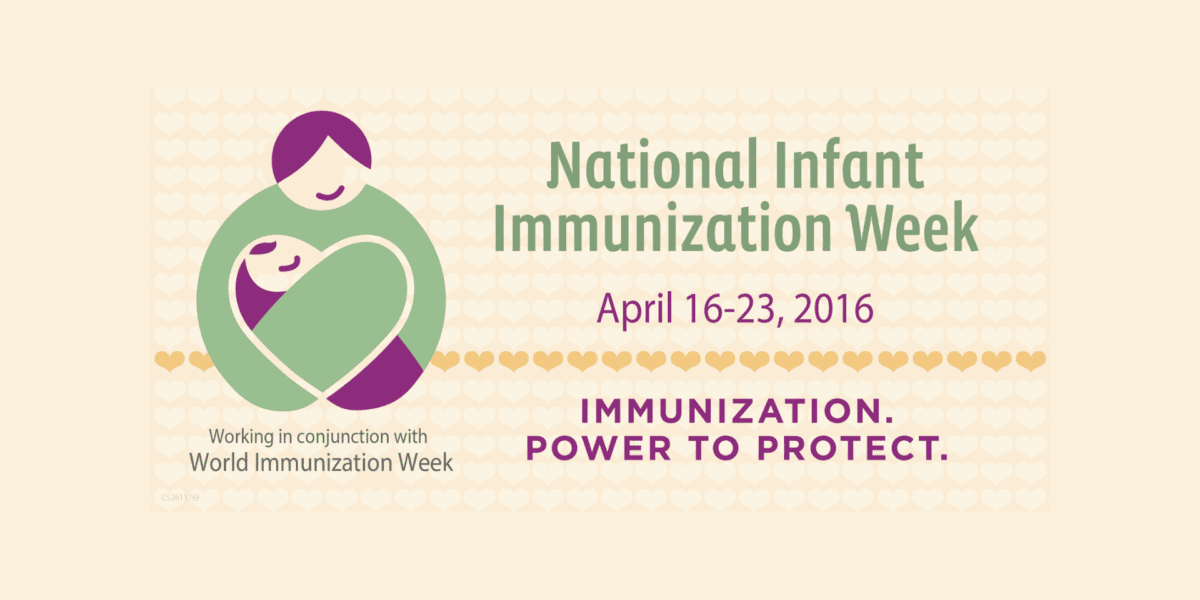
This is a guest blog from Jon S. Abramson, MD, Chair of Pediatrics at Wake Forest University School of Medicine and incoming chair of the World Health Organization (WHO) Strategic Advisory Group of Experts (SAGE). He is delivering a keynote address on the “Decade of Vaccines” at the 16th Annual Conference on Vaccine Research.
As a member of the World Health Organization (WHO) Strategic Advisory Group of Experts (SAGE) on Immunizations I am inspired by what has already been achieved in improving global health, but acutely aware we can do better. During the past decade, WHO has used the Global Immunization and Vision Strategy (GIVS) to attempt to achieve the eight Millennium Development Goals (MDGs) that are designed to markedly improve the health of the world’s population by 2015. The MDGs encompass not only communicable and non-communicable diseases, but also issues around human rights, poverty, equality, education, and the environment.
SAGE is mainly focused on MDG 4 (reduce by two-thirds the mortality of children under five years of age), but its recommendations can, and often do, have an impact on other age groups and other MDGs. By 2010, it became clear that while the number of deaths in children <5 yrs had decreased from ~12M to 7.6M per year (37%), the two-thirds reduction in deaths would not be achieved by 2015 unless there were renewed efforts and new focus to “bend the curve”. While the technological tools to achieve and surpass MDG 4 were on hand, powerful forces, including inadequate funding and logistic issues, were pushing back every step of the way. The need to develop a new strategy was clear and with the help of a major increase from various funding sources, the Decade of Vaccines (DoV) was born, along with a new Global Vaccine Action Plan (GVAP) to implement the DoV goals and objectives. The Gates Foundation designated 2011-2020 as the time frame for the DoV and pledged $10 billion towards this effort; others have subsequently contributed substantial additional funding to this and other vaccine-related endeavors. The vision for the DoV is a ‘world in which all individuals and communities enjoy lives free from vaccine-preventable diseases’. Its mission is to extend, by 2020 and beyond, the full benefits of immunization to all people, regardless of where they are born, who they are, or where they live.
The DoV offers an unprecedented opportunity to further enhance the potential of immunization in preventing the morbidity and mortality associated with vaccine-preventable diseases. The focus is on the equitable delivery of currently recommended vaccines to all those at risk, irrespective of where they live, and the development of new vaccines, especially against malaria, tuberculosis, and HIV. The potential impact for improving global health is great, but it will not be fully realized unless these immunization programs are also used to strengthen health systems, particularly as they relate to primary healthcare. To maximize the impact of the DoV on improving health, vertical vaccination programs must be well integrated with horizontal healthcare programs, for example, integrating the use of influenza vaccine for pregnant women into a more comprehensive maternal healthcare program.
Learn more about the Decade of Vaccines at the 16th Annual Conference on Vaccine Research.
To join the conversation, follow us on Twitter (@nfidvaccines) and use the hashtag #ACVR.
Related Posts

Developing Improved Vaccines for Older Adults
By 2030, the number of adults age 65 years and older in the United States is expected to grow to 71 million—at least 20 percent of the total population. It is particularly important during this stage of life to maintain healthy lifestyles and habits. Receiving recommended immunizations is an essential part of that process.,,

A Forum for Cutting-Edge Vaccine Research Updates
The field of vaccinology continues to expand and innovate in basic science discovery, product development, market introduction, and adoption into immunization programs. Continual achievements are moving the field forward, with the expectation that many current, challenging diseases may become vaccine-preventable or vaccine-treatable in the near future…

Celebrating National Infant Immunization Week (NIIW)
The NFID 19th Annual Conference on Vaccine Research (April 18-20, 2016) organizers have developed a track of presentations and posters discussing maternal and infant immunization, in honor of National Infant Immunization Week.
